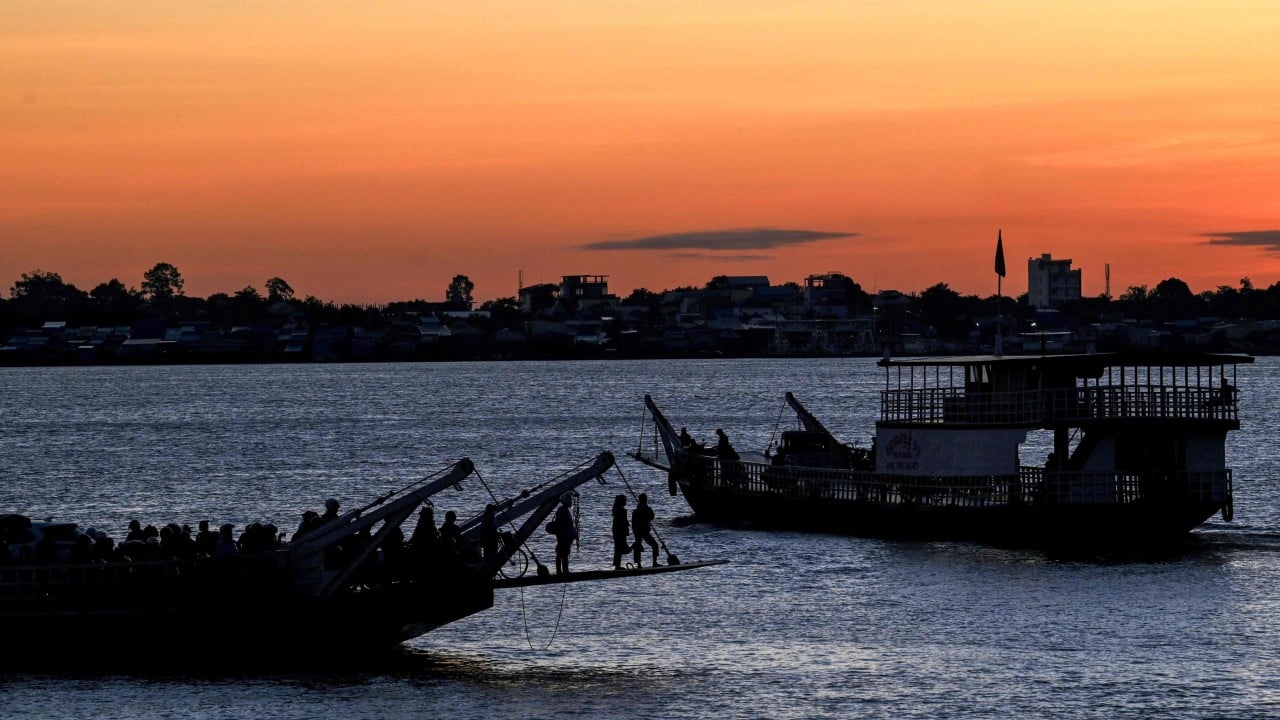Asia’s construction boom is driving a global scramble for sand, a critical resource. Last month, the Philippine coastguard discovered 13 undocumented Chinese workers aboard a dredger ship in Mariveles off the Bataan coast. In October, Indonesian authorities found two Malaysian-operated ships allegedly involved in stealing sand off Batam and headed for Singapore.
Advertisement
China and Singapore, with their immense demand for infrastructure development, illustrate this trend.
From 1995 to 2020, China’s sand supply surged by 400 per cent. Rapid urbanisation and ambitious projects, such as dams, high-speed railways and artificial islands, have fed the demand for construction material. Meanwhile, tiny Singapore has become a major player in the sand trade. Since independence in 1965, Singapore has expanded by 22 per cent, largely through reclamation, including at Marina Bay and Tuas port.
To meet this staggering demand, Asia’s sand supply chains stretch across the world. For instance, China imported up to US$23.4 million worth of sand in October, mostly from Indonesia, Australia, Malaysia, Japan and even the United States.
In Southeast Asia, Cambodia and Vietnam have become key exporters, particularly to Singapore. The Mekong Delta has become a hotspot for sand mining. Malaysia has emerged as an important supplier, its rivers and coastal areas extensively mined. India, Bangladesh and Myanmar are also part of the supply chain.
Advertisement
The environmental consequences of sand mining are immense. Across Asia, rivers are shrinking, coastlines eroding and ecosystems unravelling.

